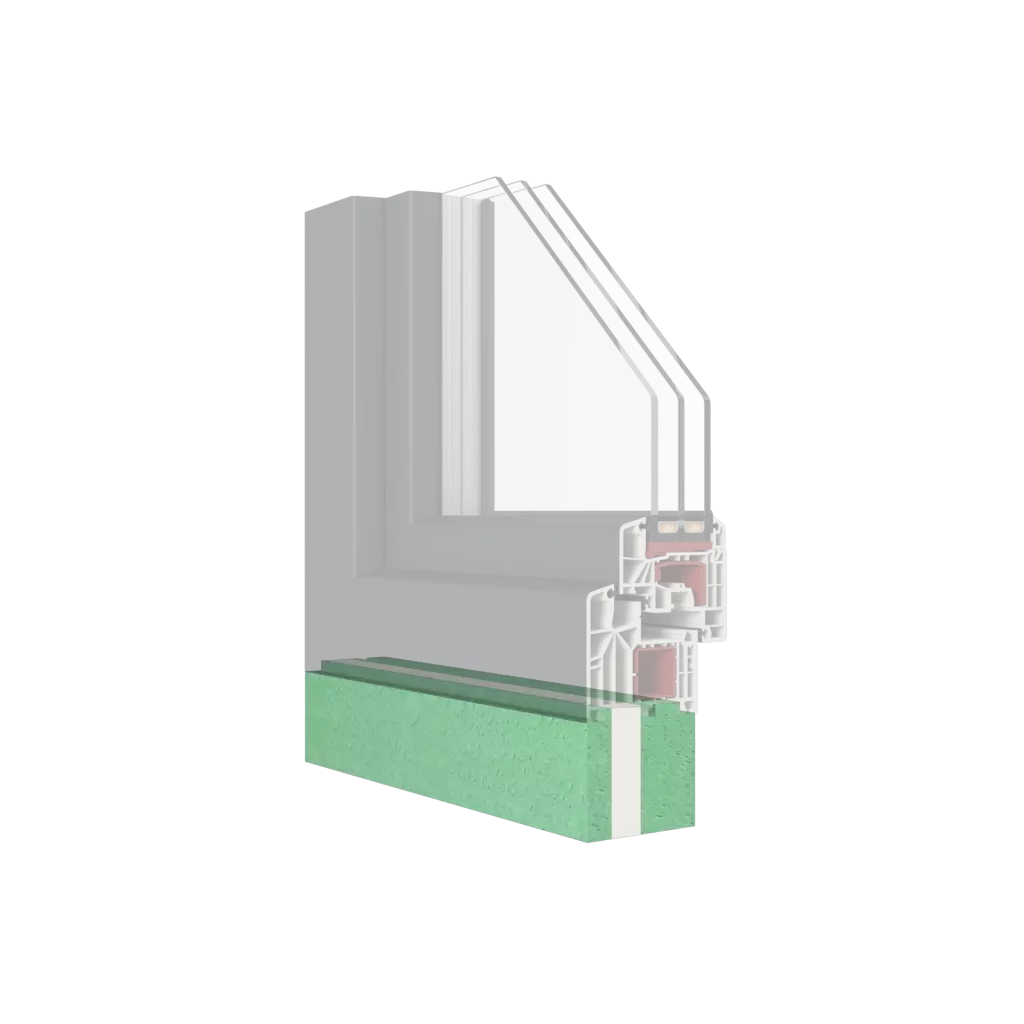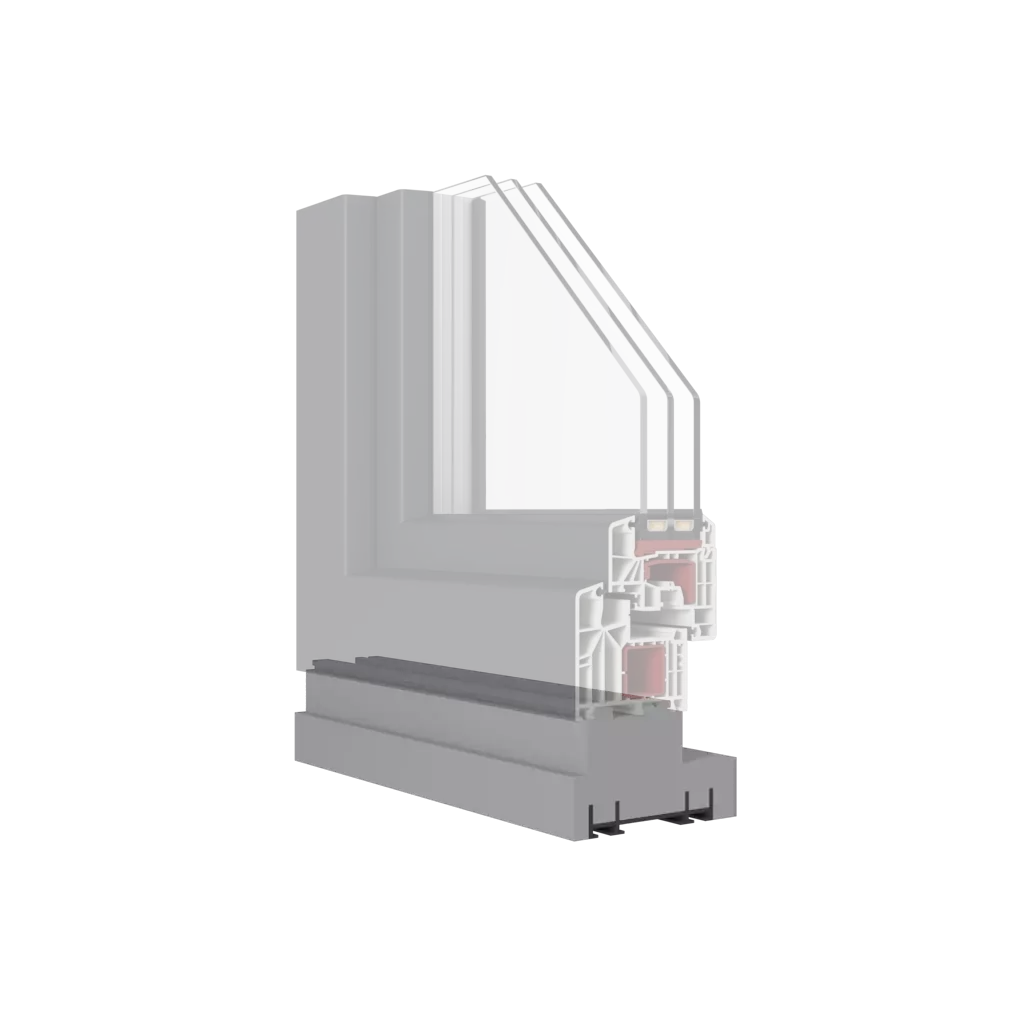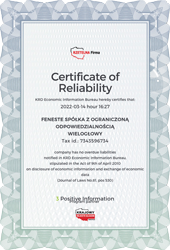Brand for sale - 250k+ organic clicks annually. Click here.
What is the difference between Purenit and Klinaryt?
Klinaryt and Purenit differ mainly in material and specific properties. Klinaryt, as a cured polystyrene, is likely to be more focused on mechanics and physical integration into the building structure.
Purenit, on the other hand, with its lightweight and moisture-resistant polyurethane structure, seems ideal for areas requiring durable insulation and resistance to harsh conditions.
Klinaryt:
- Material: Klinaryt is the generic name for specially hardened expanded polystyrene.
- Structure: It has an integrated lower part with a hard PVC catch strip, which allows a permanent connection with steel anchors to the ground.
- Application: Understructure Klinaryt is designed with a head milled with fasteners, closely fitting the threshold, which is crucial for sealing.
Purenit:
- Material: Purenit is a material based on rigid polyurethane foam.
- Features: It has a high density of 550 kg/m^3, which, with its stability, hardness and thermal insulation, makes it a lightweight material. It is diffusively open, which means it has good climatic properties.
- Moisture resistance: Purenit exhibits remarkable characteristics in extreme and prolonged moisture conditions; it does not distort, rot or mold.
- Use: It is used for building components and assembly work, especially where moisture resistance and durability are important.









